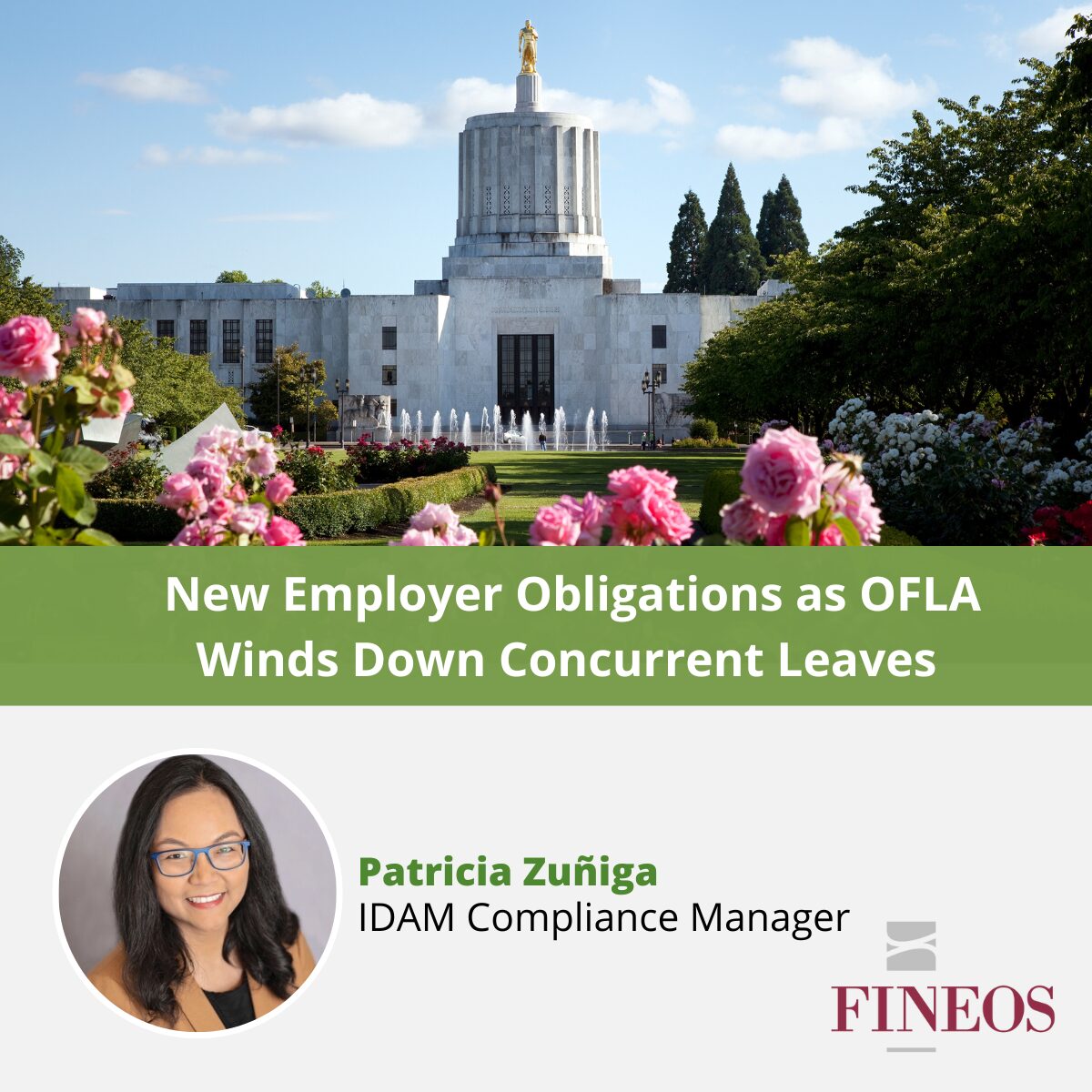If there was a throughline in the information sessions, panels and private conversations at the first in-person DMEC (Disability Management Employer Coalition) Annual Conference since 2019, it was the disconnect between employers offering benefits and employees understanding them to use them when needed.
Supporting Employee Mental Wellness
Mental wellness started to gain attention prior to the pandemic, but the need has been amplified significantly since. Employees expect their employers to provide mental wellness support. However, many don’t realize there are already programs available to them. Missy Plohr-Memming and Anthony Favry from MetLife kicked off the conference with the startling statistic that 41% of employees don’t believe their companies offer mental health support — even though their employers offer Employee Assistance Programs, Short-Term Disability and other benefits.
A couple of noteworthy recommendations from Missy and Anthony address this:
- Tailor communications to specific cohorts, for example to working parents, caregivers, and other unique groups.
- Consider implementing a Mental Health Ambassador program. These are volunteers within your organization who receive training so they can educate others when dealing with a situation. Having these Ambassadors may also make people feel comfortable making an outreach to find the benefits without having to talk to their manager.
Unfortunately, this continues to be an ongoing pain point for all employers. I do anticipate this will improve as technology evolves, which was another theme at the conference.
Using Technology to Improve the Employee and Employer Absence Experience
The landscape of absence and accommodations is becoming more complex, and it is becoming harder for employees to understand various leaves and benefits available to them. Meanwhile, HR teams are looking for simple ways to educate employees and manage absences. The FINEOS blog constantly updates new leave laws and their complex nuances, and when I read it, I can’t help but think about the case managers who have to memorize or know where to find this information if they don’t have some sort of technology like FINEOS Absence supporting them. When it comes to people’s jobs and pay there is no room for error. That’s why FINEOS built a system that automates all the compliance and payments for users, so they aren’t calculating payments with a pencil and calculator as I did early in my career.
One of the things I heard while talking to people during the conference is that everyone struggles with communication about programs. Online portals and chatbots can help with this education. These tools allow employees to self-serve and provide basic information. This frees up HR departments, carriers, and TPA representatives to give more time to those calling with more difficult questions. A couple of best practices provided by Patty Borst from The Partners Group and Amanda Neely from Unum Leave Logic for using technology and portals:
- Empower employees to self-serve using technology first to free up HR teams. Centralizing information on a portal allows employees to gather what they need, when they need it, in the terminology they can understand and digest.
- Personalize the experience through information specific to the situation as well as the employee’s preferred means of receiving it (text, email, or letter). An employee searching for information about leave to care for a family member should not encounter information sent to them about leave for an assumed serious health condition of their own.
Benefit Expectation Trends from Employees
With the job market in employees’ favor, employers are adding to their benefits packages to attract top talent. Megan Holstein from FINEOS, Kristina Welke from New York Life Group Benefit Solutions, and Teri Weber from Spring Consulting Group provided a round-up of employee expectations. They see employers now providing benefits previously found in the Individual space, like Long Term Care, Accident, and Critical Illness insurance.
When it comes to leave, with Kimberly Mashburn from Brown & Brown, they forecast what we will see next:
- Voluntary Paid Family Leave – These benefits provide a private solution when public initiatives fail to pass through legislation
- Disaster-related leave – COVID-19 created many new leaves, and this trend is expected to continue with severe weather occurrences from climate change
- Paid parity leave – Based on recent court cases, employers may be required to pay for an employee’s military leave covered by USERRA if they pay for other types of leaves for employees
- Pet care and bereavement leave for pet deaths
In the realm of innovation, we may see:
- Gamification of leave and accommodation administration to encourage ongoing participation and engagement.
- Device trackers and wearables – Data from devices could provide the evidence needed to approve a request or accommodation without having to request additional documentation. This may seem very futuristic, but health and auto insurance carriers already offer reduced rates to individuals willing to share this personal lifestyle data.
What’s Next Related to COVID-19?
In two sessions addressing COVID-19 in the future, messaging suggested that leave and accommodations will continue to evolve, and we need to be flexible in this space. An anticipated 7-14 million adults will have disabling “long COVID.” As we learn more, the leave and accommodations space will adapt. Guidance regarding vaccine and mask mandates has also changed since this time last year and there could be more changes in the future. We can expect to see more accommodation requests when it comes to mask and vaccine mandates and remote work.
What I took away from this conference was exactly what I have learned throughout my two decades in this industry: be flexible and know things will continue to change.
Additional Resources:
Forecasting the Next Decade of Growth for the Leave Industry
States Now Offering New Insurance Products To Meet Employees’ Needs


